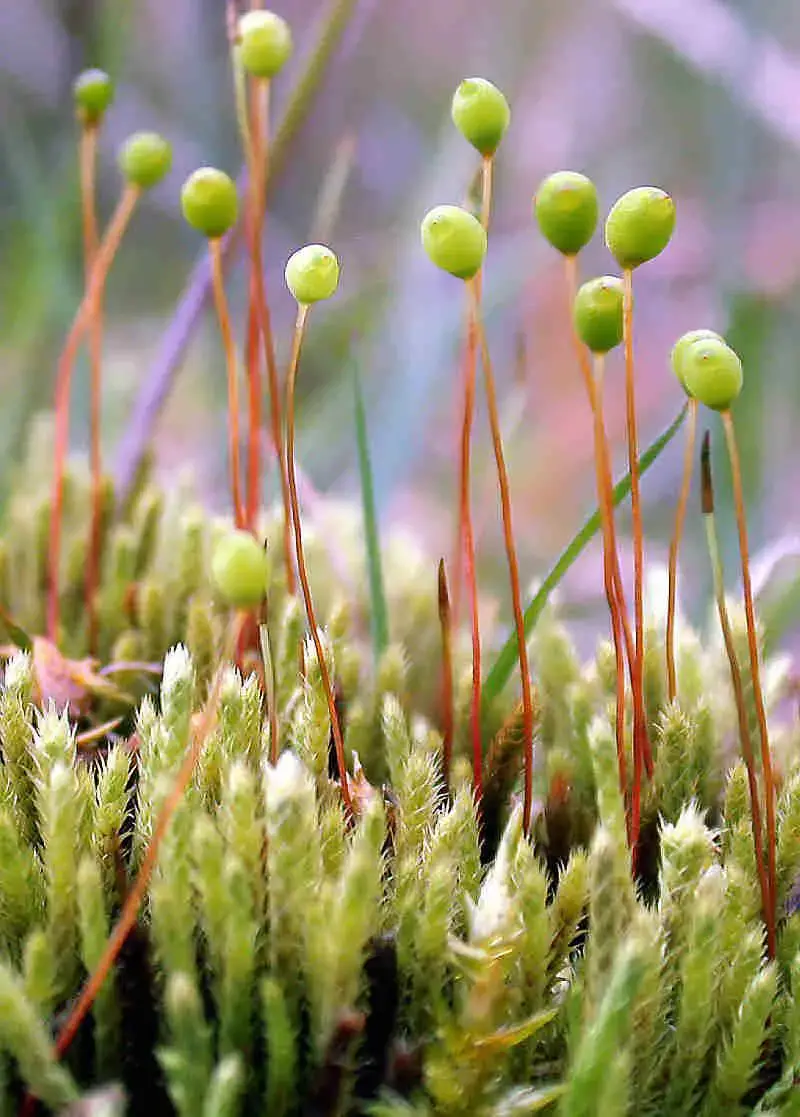
Philonotis_calcarea_003.JPG from: https://cisfbr.org.uk/Bryo/Cornish_Bryophytes_Philonotis_calcarea.html
Exploring the Fascinating World of Philonotis calomicra Broth. Moss
Introduction
Mosses are often overlooked, but they play crucial roles in ecosystems around the world. One particularly interesting species is Philonotis calomicra Broth., a moss in the Bartramiaceae family. In this blog post, we’ll dive into the details of this fascinating plant, from its morphology to its ecological importance. Get ready to discover the hidden wonders of Philonotis!
Background
Philonotis calomicra Broth. is a species of moss classified in the Bryophyta division and Bryopsida class. The Bartramiaceae family, to which it belongs, contains around 400 species worldwide. Mosses like Philonotis lack true vascular tissue but have adapted to thrive in a wide range of habitats.
Morphology and Identification
Identifying Philonotis calomicra Broth. requires a keen eye. This moss forms dense tufts or cushions, with erect stems reaching 1-3 cm tall. The leaves are lanceolate and have toothed margins, especially near the apex. Under a microscope, you can spot the single costa (midrib) and elongated, prosenchymatous cells.
The sporophytes (spore-producing structures) are key for identification. Philonotis calomicra Broth. has spherical capsules on long setae (stalks). The peristome (toothed structure around the capsule mouth) is double, with the outer teeth shorter than the inner ones.
Global Distribution and Habitat
Philonotis calomicra Broth. has a wide distribution, found on several continents:
| Continent | Regions |
|---|---|
| Asia | China, Japan, Korea, Russia (Far East) |
| Europe | Scattered occurrences |
| North America | Alaska, Canada, northern USA |
This moss inhabits damp soil, rocks, and crevices near streams, rivers, and waterfalls. It prefers calcareous substrates and can tolerate periodic submersion.
Ecological Roles and Adaptations
Like other mosses, Philonotis calomicra Broth. plays important ecological roles:
- Erosion control: Moss cushions stabilize soil and prevent erosion along stream banks.
- Water retention: The dense growth helps retain moisture and slow water flow.
- Habitat provision: Many small invertebrates make their homes in moss mats.
Philonotis calomicra Broth. has adaptations for its semi-aquatic lifestyle:
- Thick cell walls resist damage from currents and debris.
- Rhizoids anchor the moss to its substrate.
- Protective peristome teeth prevent water from entering the capsule.
Conclusion
Philonotis calomicra Broth. may be small, but it’s a prime example of how mosses have evolved to fill important niches. From stream banks to microscope slides, this species showcases the incredible diversity of the Bryophyta. Next time you’re near a waterfall, take a closer look – you might just spot a patch of Philonotis working its magic!
What other overlooked organisms in your area play surprisingly significant roles? Share your discoveries in the comments below!